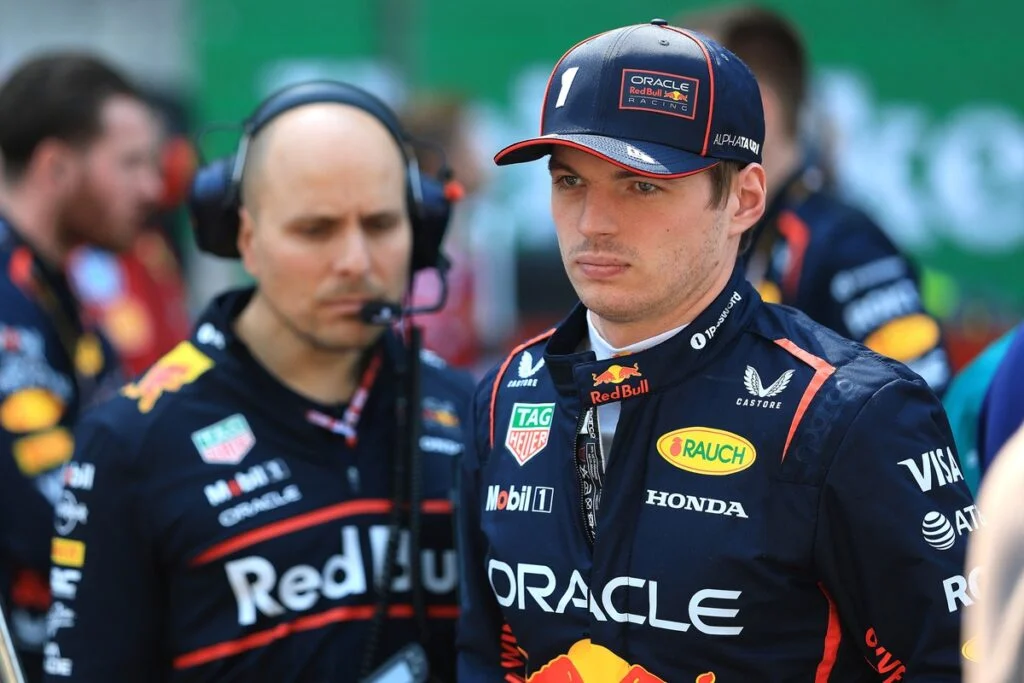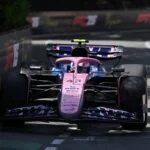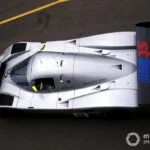Red Bull’s Struggles with the Second Seat in Formula 1
Max Verstappen, the current star of Formula 1, confidently stated during a media session ahead of the 2023 British Grand Prix that he believes he could win the constructors’ championship on his own. His comment, made jokingly, hinted at the truth behind Red Bull’s dominance and the struggles the team faced with its second seat.
The Data Speaks Volumes
Since Daniel Ricciardo’s departure, no driver has been able to match Verstappen’s pace in the second Red Bull seat. Pierre Gasly, Alex Albon, Sergio Perez, and Liam Lawson have all faltered, leaving Yuki Tsunoda as Verstappen’s fifth team-mate in Red Bull colors.
The numbers paint a telling picture. When it comes to both race pace and qualifying pace, Verstappen’s teammates have consistently come up short. The deficits have only grown over the years, with Lawson suffering the biggest gaps to date.
The Red Bull Car and Verstappen’s Driving Style
The second factor contributing to the difficulty of filling the second Red Bull seat is related to the unique characteristics of the Red Bull car. Albon once described it as a “computer mouse set to 100% sensitivity,” extremely responsive but also incredibly unforgiving with a sharp front end and loose rear.
While Verstappen thrives with this car, his teammates often struggle to find the confidence they need due to instability on corner entries. This raises the question: does Red Bull design the car specifically around Verstappen, or does he simply adapt his driving style better than others?
The Impact of Verstappen’s Dominance on Car Development
Red Bull’s team leaders Christian Horner and Helmut Marko usually answer the question by saying they build the fastest car possible, not specifically tailored for one driver. However, Horner offered some insight during the Chinese Grand Prix weekend.
Max is quite specific in what he wants from a car to make it fast and that is generally a very positive front end, very sharp turn-in,” he told Sky Sports F1. “The consequence of that is that it will unsettle the rear of the car.
The Future of Red Bull Without Verstappen
The current way of working for Red Bull is understandable and successful as long as Verstappen is there, but it does raise the question: what happens if he leaves Red Bull or Formula 1 one day?
If Verstappen were to leave, Red Bull would have to reinvent itself to some extent. The team would not only lose an on-track anchor but also a major reference point in car development. The current philosophy hinges on building the fastest car that Verstappen can still deal with, but without him, more concessions might be needed to enable drivers with different driving styles to unlock the car’s potential.
It would require a change in car philosophy, which can be both a blessing and a curse. The other way around is an element to pay attention to as well: the environment Verstappen currently finds at Red Bull may not immediately be found at every other team. Building such an environment and mutual trust takes time, as it did at Red Bull.
Top-class drivers have done it before, both in and outside F1 – look at Marquez and Ducati nowadays. Verstappen himself has always maintained that he doesn’t have a fixed driving style. “I don’t think the car is necessarily suited to my driving style,” he said. “I think as a driver, you need to adapt to what you get, and that’s also what I did when I joined Red Bull.
It means that for Red Bull, the ‘what if’ scenario seems more important than for Verstappen. The team is to a large extent dependent on one driver for its current competitiveness – not by mistake, but by necessity. And while it’s a successful strategy with four world titles, it can also be a fragile one long-term. It’s one of the reasons why the pressure is on these months and for 2026, not just on the second driver but also on the entire team.







